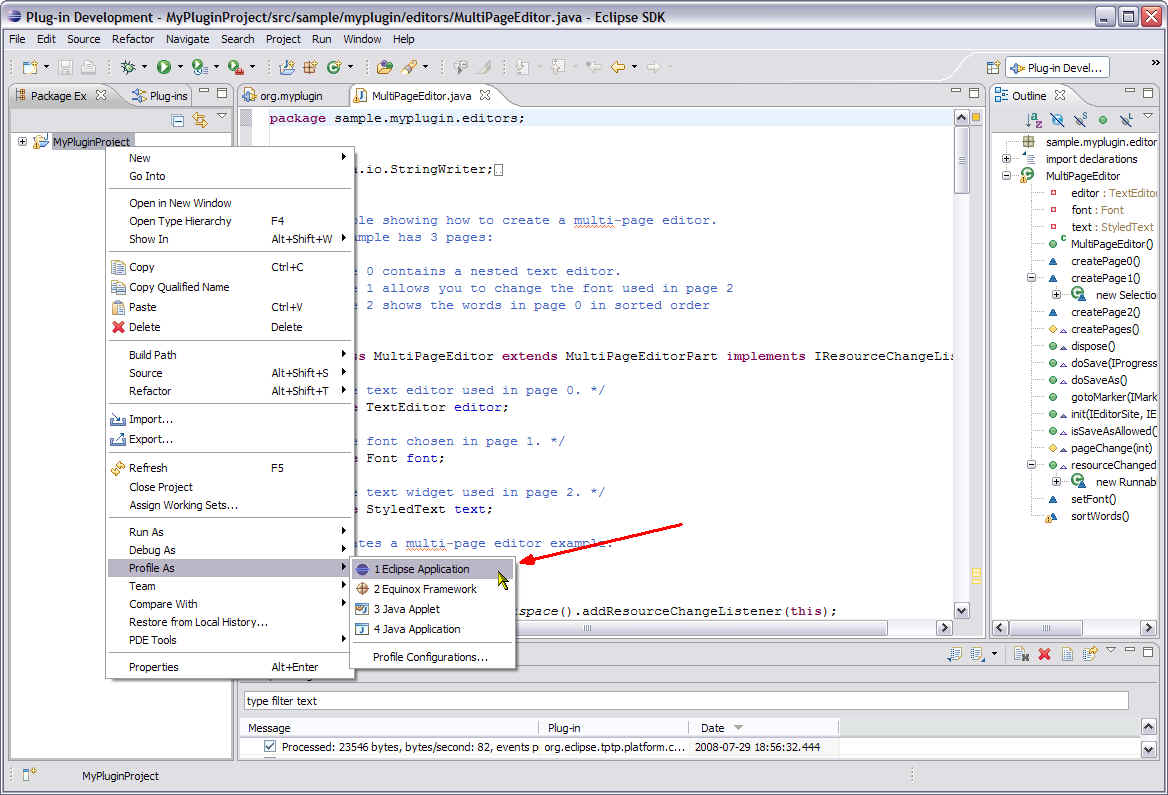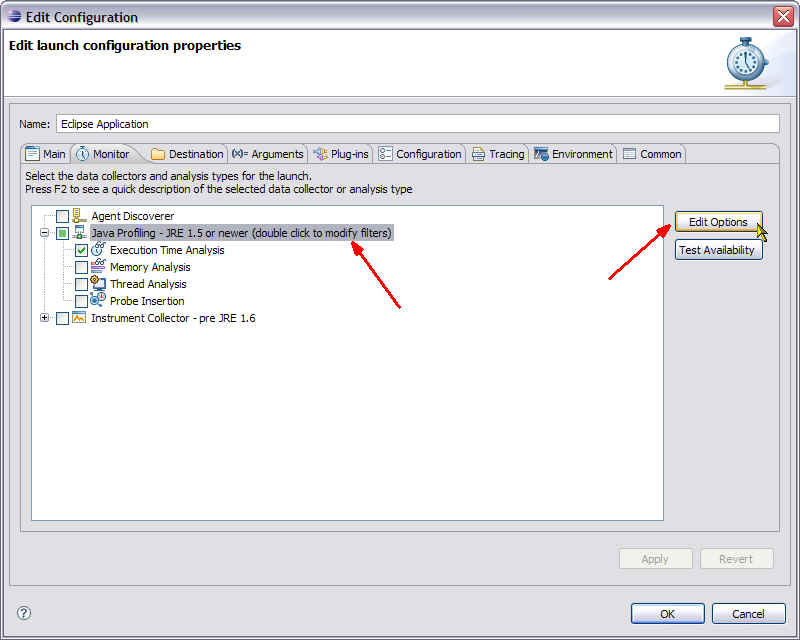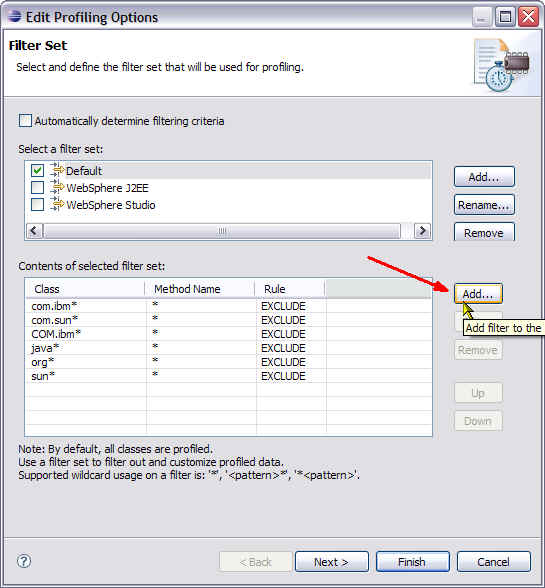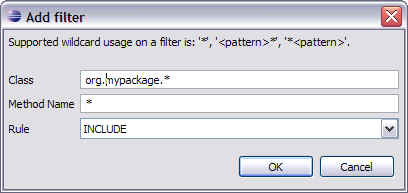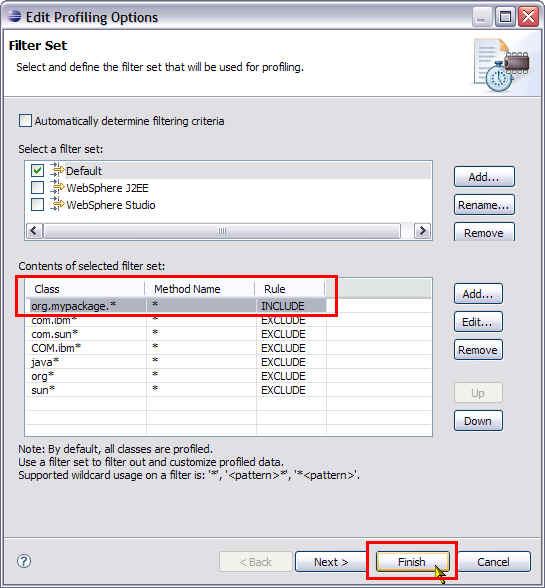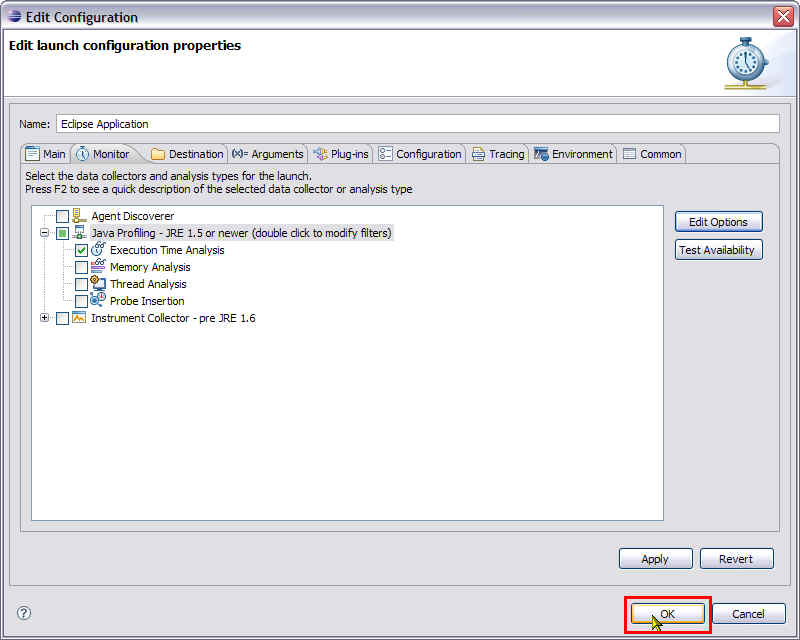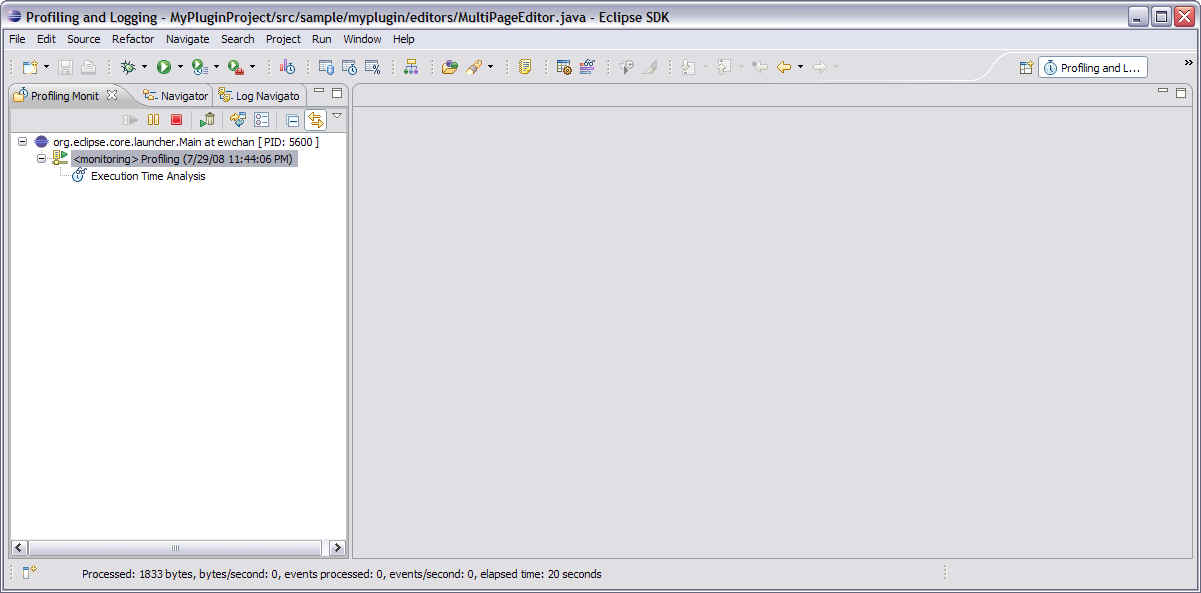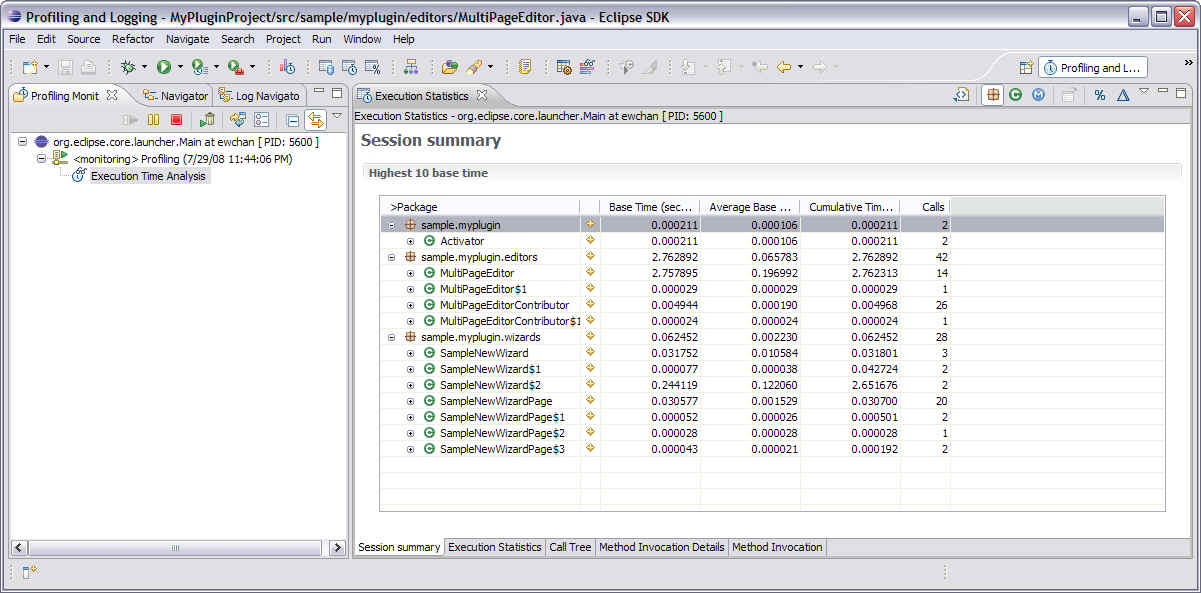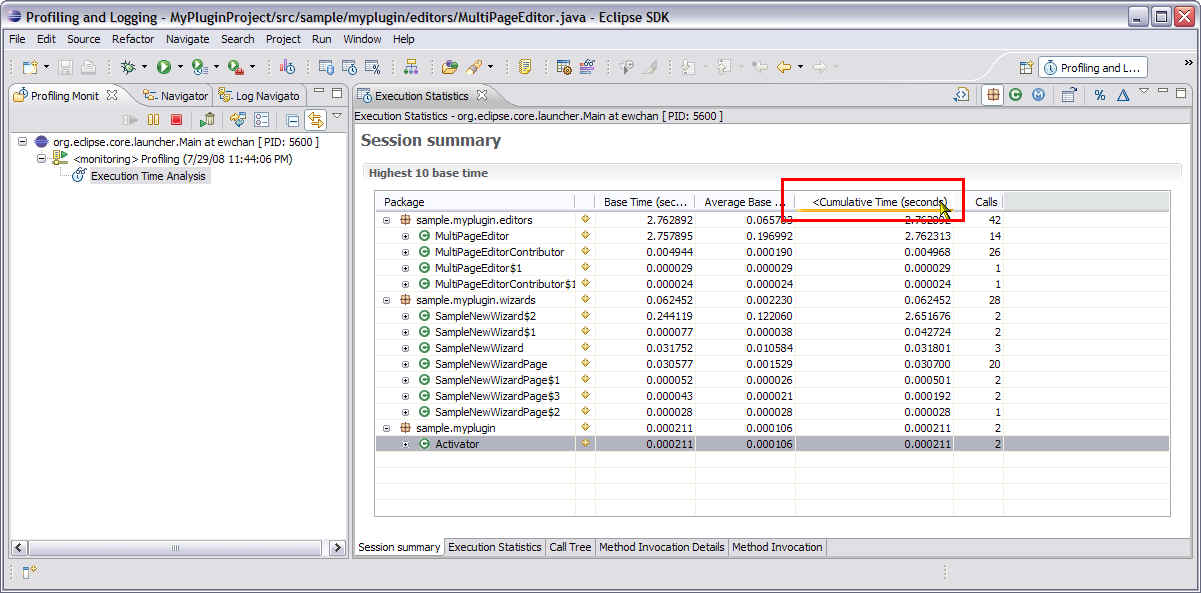Notice: this Wiki will be going read only early in 2024 and edits will no longer be possible. Please see: https://gitlab.eclipse.org/eclipsefdn/helpdesk/-/wikis/Wiki-shutdown-plan for the plan.
Difference between revisions of "Profiling with TPTP - plug-in development"
(→Memory Analysis : Identify a memory leak) |
(→Thread Analysis : Identify threading problem) |
||
| Line 34: | Line 34: | ||
TPTP provides tools and views to help identify potential memory problem in an application, please take a look at [[Memory Analysis]] for more information. | TPTP provides tools and views to help identify potential memory problem in an application, please take a look at [[Memory Analysis]] for more information. | ||
| − | + | TPTP provides tools and views to analysis threading problem in an application, please take a look at Thread Analysis for more information. | |
| − | + | ||
| − | + | ||
| − | + | ||
| − | + | ||
| − | + | ||
| − | + | ||
| − | + | ||
| − | + | ||
| − | + | ||
| − | + | ||
| − | + | ||
| − | + | ||
| − | + | ||
| − | + | ||
| − | + | ||
Revision as of 09:29, 8 October 2008
Contents
Overview
- This page shows how to quick start a profiling session on a plug-in project. TPTP must be installed on an Eclipse workbench, for more information on installation, please read Install TPTP with Update Manager.
Profile a plug-in project
- 1. Select a plug-in project and select Profile As > Eclipse Application.
- 2. In the profile configuration dialog, under Monitor tab, select Java Profiling agent and select Edit Options.
- 3. In Filter page, add a new filter.
- 4. Input a new filter that includes your plug-in packages. eg.,
- 5. Click Finish to apply filter.
- 6. Click OK to start profile session.
- 7. Select Yes to switch to profiling perspective upon request.
- 8. Profiling resources (process, agent, and analysis type) are created in Profiling Monitor view.
- 9. Interact with your Run-time workbench for profiling agent to collect profiling data.
- 10.In the development workbench, double-click on an analysis type to open a profiling view to show profiling data collected.
- 11.In profiling table view, select any column header to sort the table.
Execution Analysis : Identify a bottleneck
TPTP provides tools and views to help identify execution bottleneck problem, please take a look at Execution Analysis for more information.
Memory Analysis : Identify a memory leak
TPTP provides tools and views to help identify potential memory problem in an application, please take a look at Memory Analysis for more information.
TPTP provides tools and views to analysis threading problem in an application, please take a look at Thread Analysis for more information.

